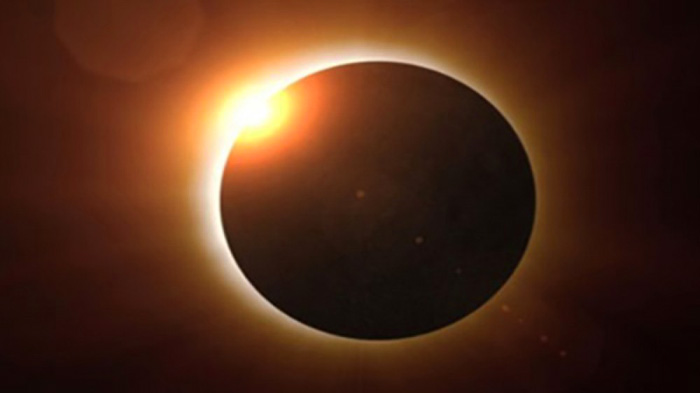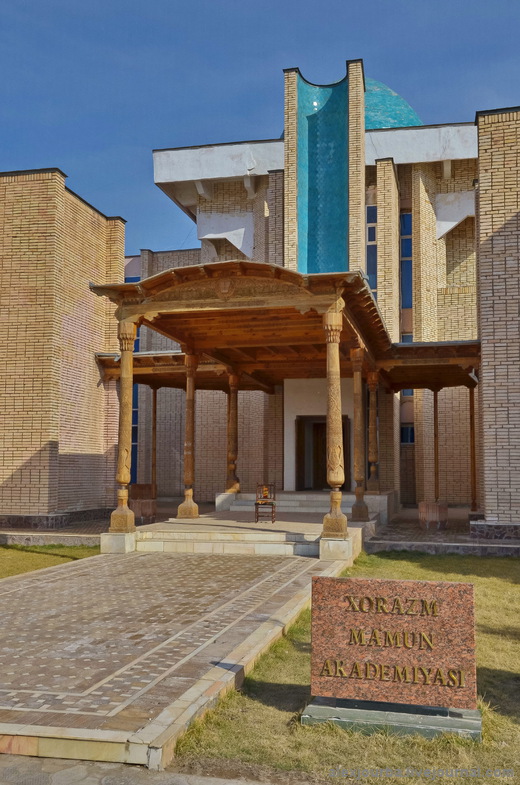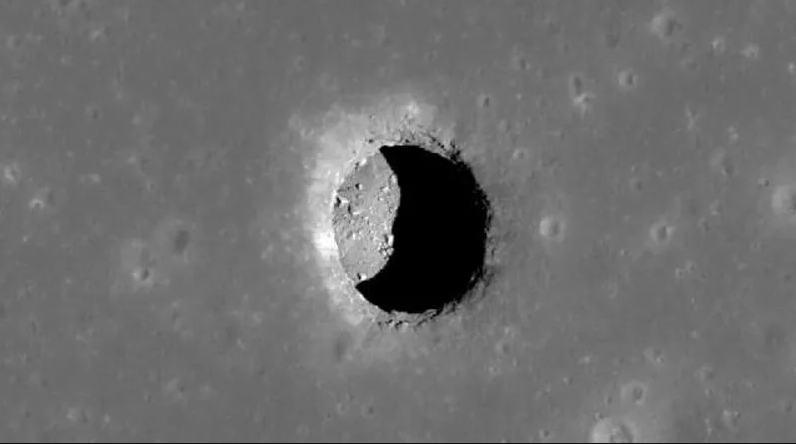
- A-
- A
- A+
Solar eclipse of August 21, 2017
On Monday, August 21, 2017, a total solar eclipse will be visible in totality within a band across the entire contiguous United States; it will only be visible in other countries as a partial eclipse.The last time a total solar eclipse was visible across the entire contiguous United States was during the June 8, 1918 eclipse.
A solar eclipse occurs when the Moon passes between Earth and the Sun, thereby totally or partly obscuring the image of the sun for a viewer on Earth. A total solar eclipse occurs when the moon's apparent diameter is larger than the sun's, blocking all direct sunlight, turning day into darkness. Totality occurs in a narrow path across Earth's surface, with the partial solar eclipse visible over a surrounding region thousands of kilometers wide.
This eclipse is the 22nd of the 77 members of Saros series 145, which also produced the solar eclipse of August 11, 1999. Members of this series are increasing in duration. The longest eclipse in this series will occur on June 25, 2522 and last for 7 minutes and 12 seconds.
Not since the February 1979 eclipse has a total eclipse been visible from the mainland United States.The path of totality will touch 14 states, though a partial eclipse will be visible in many more states.The event will begin on the Oregon coast as a partial eclipse at 9:06 a.m. PDT on August 21, and will end later that day as a partial eclipse along the South Carolina coast at about 4:06 p.m. EDT.
There are expected to be logistical issues with the influx of visitors, especially for smaller
Similar News
Links



 Elm TV
Elm TV
 Photo
Photo
 Video
Video





